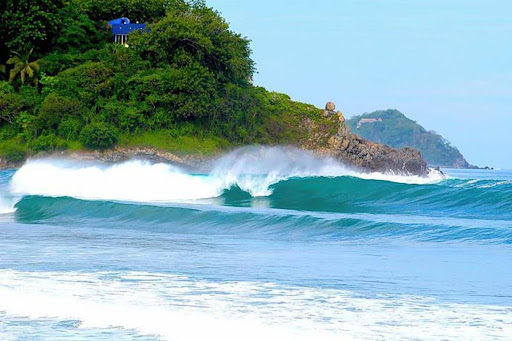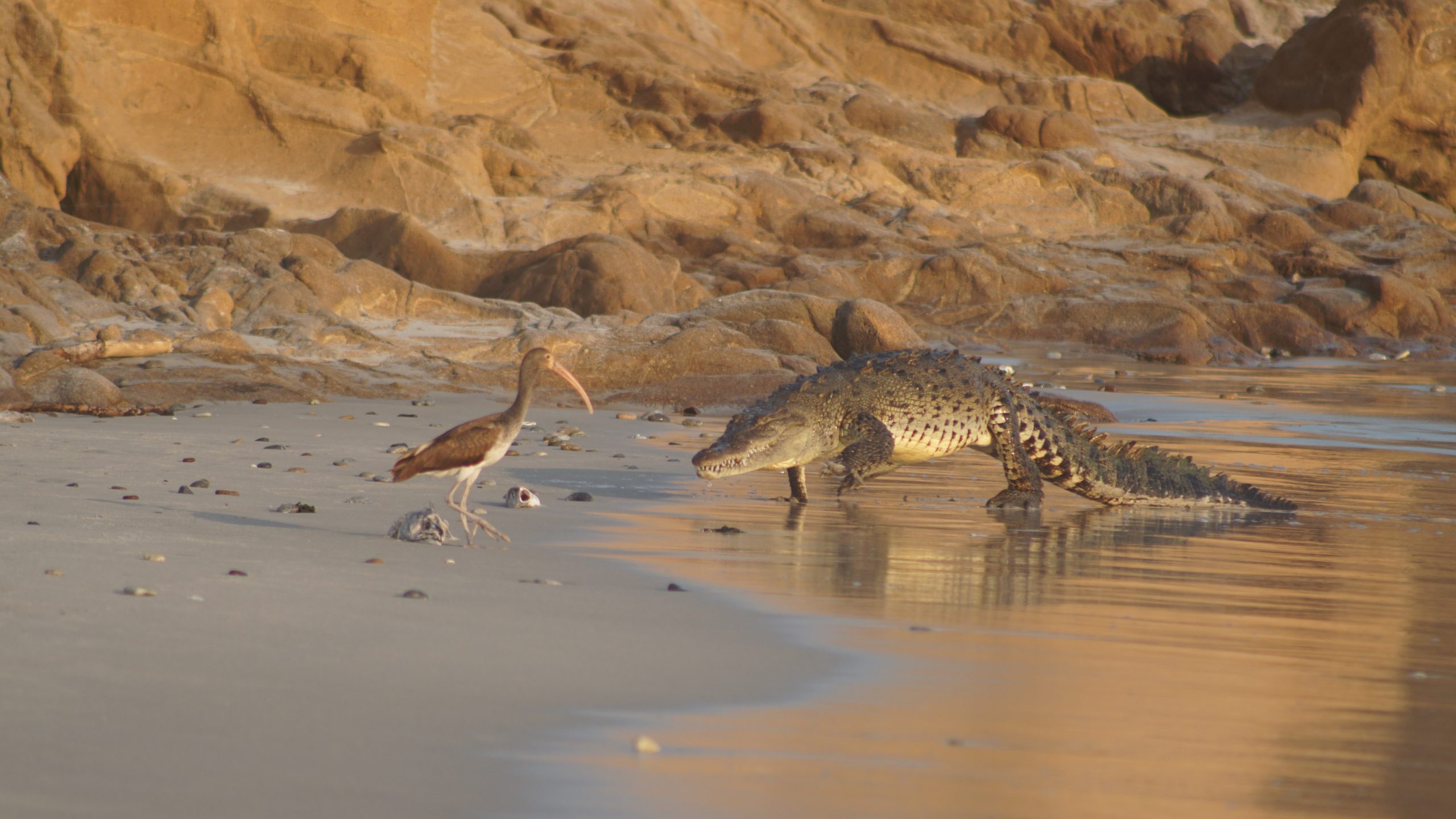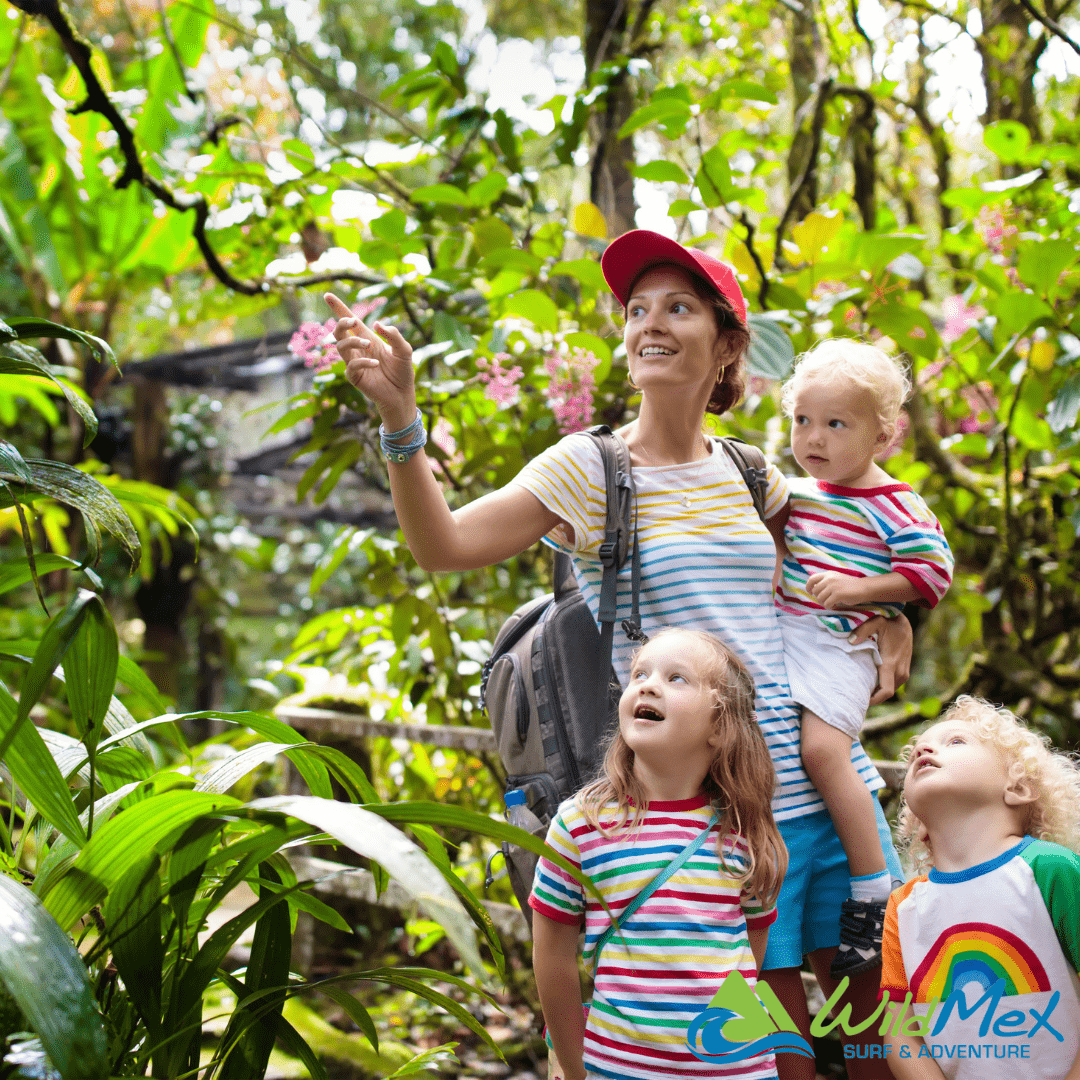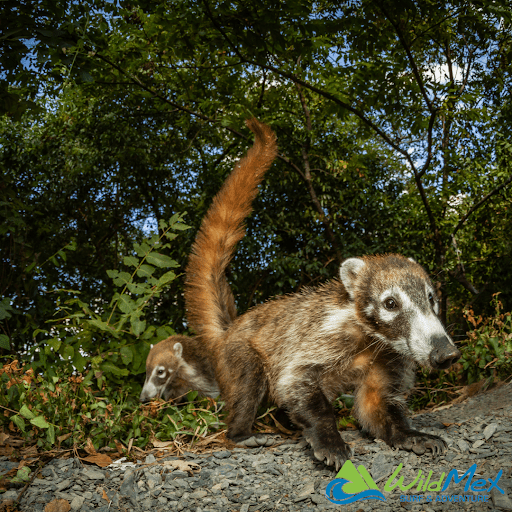Surfing in San Pancho: A Quick Guide for Experienced and Beginner Surfers Alike
Nestled along the Pacific coast of Mexico, San Pancho, Nayarit, invites surfers to an amazing experience, catering to both experienced surfers and beginners alike. While the San Pancho beach break might pose a challenge for seasoned surfers on shortboards, there are fantastic alternatives such as La Lancha for those desiring a safer and more enjoyable …Read more Surfing in San Pancho: A Quick Guide for Experienced and Beginner Surfers Alike








